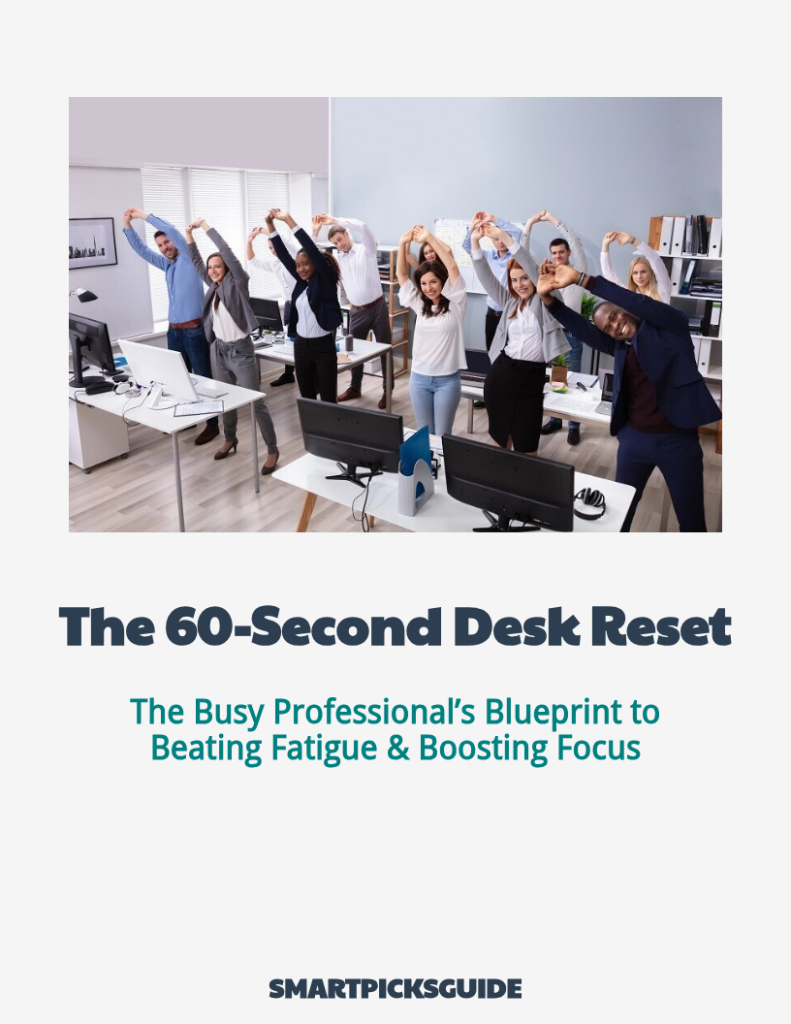What is Whole-Body Vibration and How Does it Work?
Whole-Body Vibration (WBV) is a fitness and rehabilitation technique that uses a vibrating platform to stimulate the body. When you stand, sit, or perform exercises on this platform, the vibrations cause your muscles to contract rapidly, boosting strength and fitness.
The intensity of the vibrations can be adjusted, allowing for customized workouts that target specific muscle groups. Research suggests WBV may improve balance, flexibility, and coordination, making it a valuable tool for enhancing neuromuscular function.
Additionally, vibration therapy can improve blood flow and metabolism, contributing to fat loss and cardiovascular health. For example, exercises like squats on the platform can strengthen your lower body while reducing muscle soreness (commonly known as DOMS). Combining WBV with a healthy diet and regular exercise can amplify results and promote overall wellness.
Studies also indicate that WBV may reduce cortisol levels—a hormone linked to stress—while improving muscle oxygenation. These effects can enhance immune function and lower the risk of conditions like diabetes and stroke. By integrating WBV into your fitness routine, you can support physical activity and aid recovery from injuries, making it a versatile tool for health and rehabilitation.
LifePro Rhythm Vibration Plate Exercise Machine

- Thanks to its full-body vibration technology, you can boost circulation, relieve soreness, and support lymphatic drainage, all without a high-impact workout.
- The Lifepro Waver Vibration Plate is perfect for anyone looking to ease into fitness or recover faster, especially if you’re dealing with joint pain or a sedentary lifestyle.
- With multiple speed settings and included resistance bands, it’s a versatile tool for building strength and mobility right at home.
Understanding Whole Body Vibration
Whole-body vibration therapy offers significant benefits for individuals with limited mobility or those looking to enhance their fitness. By using a vibration plate, you can engage in strength training that complements traditional exercise and a healthy diet. This method can help mitigate bone loss and improve overall muscle strength.
WBV also positively impacts stamina and cardio performance. As your body adapts to the vibrations, it requires more oxygen to support the increased activity. This full-body approach makes WBV a valuable addition to any fitness regimen.
How Does Vibration Therapy Improve Blood Circulation?
Vibration therapy enhances blood circulation by stimulating muscles and encouraging rhythmic contractions. These contractions push blood through vessels, improving circulation to tissues and organs. This process delivers oxygen and nutrients while aiding in the removal of metabolic waste.
Additionally, the gentle vibrations reduce muscle tension and improve lymphatic drainage, further supporting circulatory health. These combined effects make WBV an excellent tool for improving overall blood flow and promoting recovery.
The Science Behind Vibration Plate Exercises
Vibration plate exercises rely on mechanical oscillation and muscle response. The vibrations generated by the plate create a reflex response in your body, causing muscles to tighten and relax multiple times per second. This reflexive action leads to significant muscle engagement, even with minimal effort, enhancing strength and endurance.
These exercises also improve flexibility and engage core stabilizing muscles, promoting better balance and coordination. The combination of mechanical stimulation and muscular response makes vibration plate exercises an innovative and efficient way to enhance traditional strength training.
What are the Benefits of Vibration Therapy?
Vibration therapy offers numerous benefits for overall health and wellness. It enhances muscle strength, improves physical performance, and promotes blood circulation. These effects aid in faster recovery from exercise or injury by delivering nutrients and removing waste more efficiently.
Additionally, vibration therapy can alleviate muscle soreness and stiffness, improve flexibility, and reduce stress. Many users report feeling more relaxed and energized after sessions. By incorporating this therapy into your routine, you can experience holistic improvements in both physical and mental health.
How Whole-Body Vibration Improves Bone Density
Improving bone density is crucial for overall health, especially as we age. Whole-body vibration (WBV) therapy is a non-invasive technique that involves standing on a vibrating platform. The vibrations transmit mechanical energy through your body, stimulating muscle contractions and enhancing circulation.
Studies suggest WBV can increase bone mineral density, particularly in postmenopausal women and individuals at risk of osteoporosis. It may also improve balance and muscle strength, further supporting bone health. For those with limited mobility, WBV provides a low-impact alternative to traditional weight-bearing exercises.
Incorporating WBV into your wellness routine can help enhance bone density and reduce the risk of fractures.
Can Vibration Therapy Help with Weight Loss?
Whole-body vibration therapy has gained popularity as a weight-loss tool due to its unique approach to fitness. Vibrating platforms stimulate muscles, encouraging them to contract and relax without requiring strenuous exercise. This can lead to increased calorie burning and muscle toning, making it an appealing option for those looking to shed pounds.
Additionally, vibration therapy may improve circulation and boost metabolic function, further supporting weight-loss efforts. However, it’s important to note that WBV should complement, not replace, traditional methods like diet and exercise. When used as part of a comprehensive weight-loss plan, WBV can be a valuable tool.
How to Incorporate Vibration Plate Exercises into Your Routine?
To incorporate vibration plate exercises into your routine effectively, start by setting clear goals. Decide whether you want to improve strength, flexibility, or weight loss. Schedule sessions two to three times a week, ensuring they fit into your existing workout plan. Begin with short durations (10–15 minutes) and gradually increase as you become more comfortable.
Before each session, warm up properly to prevent injury. Use a mix of static and dynamic exercises on the plate, such as squats, lunges, or planks, to target different muscle groups. After your workout, cool down and stretch to enhance recovery and flexibility.

What If Just 1 Minute at Your Desk Could Change Everything?
Sign up for FREE membership and receive:
Exclusive Guide: “The 60 Seconds Reset” – The Busy Professional’s Blueprint.
Articles and newsletter to help you beat desk fatigue, eliminate aches, and unlock your most productive workdays… without ever leaving your desk.
